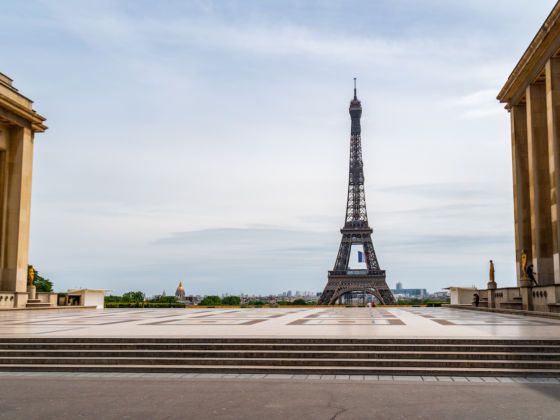“A version of this article was previously published on May 12, 2020, and was updated on May 13, 2020, with more information.”
Slowly but surely, the world seems to be waking up. After the surrealness that took over the planet in mid-March making staying at home and social distancing the staples of our daily lives, one by one countries are starting to find ways to safely reopen. That means everything from restaurants with glass partitions in Italy to parks at 30 percent capacity in China to travel bubbles in Europe’s Baltic states and Oceania. And as the United States begins to find its own way back, perhaps we can look around the world for examples of how to do it correctly.
